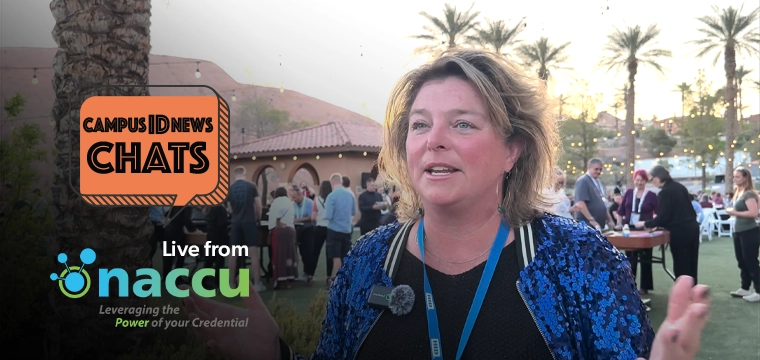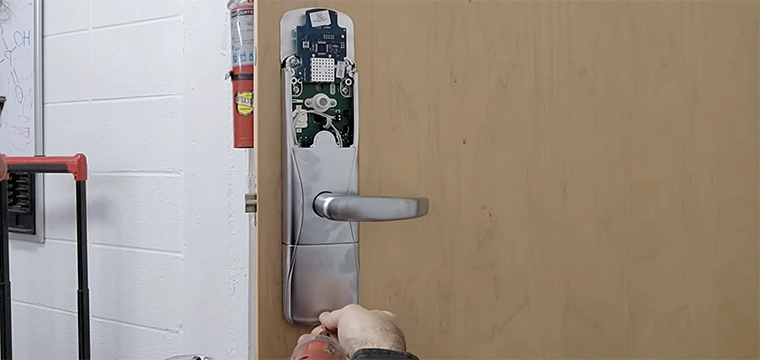
Navigating the future of hosted services
These SaaS solutions each reside at the opposite end of the spectrum from the traditional, on-campus hosting method. As a quick rundown, on-campus hosting sees an institution’s card instance installed locally in its own data center. The university purchases, provisions and manages the entire infrastructure and server stack including data, application, web servers, and crucially, disaster recovery.
With platforms like Amazon Web Services (AWS) and Azure, campuses mulling the SaaS model also have to decide whether to host via the public or private cloud.
“Personally I believe in a mixed environment,” says Dave Falldien, campus card industry veteran and independent IT consultant. “These days there is no need for new physical hardware to be used, there is just so much to be gained by virtualizing.”
Amazon Web Services, or AWS for short, offers a suite of cloud computing services that operate from 16 geographical regions around the globe. AWS boasts more than 70 services including computing, storage, networking, database, analytics, application services, deployment, management, mobile, developer tools and more. AWS is a service designed to provide large computing capacity quicker and cheaper than a client company could by building its own physical server farm.
Similarly, Microsoft Azure is a cloud computing service designed for building, deploying, and managing applications and services via a global network of Microsoft-managed data centers. Azure provides SaaS solutions and supports many different programming languages, tools and frameworks both third party and Microsoft-specific systems.
“Services like AWS and Azure are a perfect environment to augment your campus program,” says Falldien. “Depending on business needs, these services provide an excellent option to decrease administrative overhead associated with managing systems, while creating opportunities for growth.”
The biggest difference is the large investment, economies of scale, and rate of innovation in the public cloud, says Jeff Staples, VP Market Development at Blackboard Transact. “There are arguments for both and it depends on your organizational needs and philosophy.”
For a Facebook-sized organization, running a private cloud makes sense. But for most organizations it’s difficult to achieve the economies of scale that large enterprises can realize with private clouds.
“For campuses, this decision really should be out of their scope. They should be more concerned with the features, performance and security of the overall card system they’re running,” says Staples. “If their provider is running a true multi-tenant system then the fact that it lives in a public cloud environment simply equates to efficiencies and features that are derived from that environment, but are otherwise invisible to the client.”
With on premise, the campus has complete control of all data and the network, and data is stored locally and within the university’s firewall – all with no reliance on third-party providers. However, many are finding that the concept of maintaining “complete control,” while once considered a necessity, has become an unwanted burden.
The idea of moving to a SaaS model is one that splits opinion, as some will be reticent to see their campus card instance leave the confines of campus. There’s no wrong answer, but the heart of the issue is what justifies each institution’s lean on moving to the SaaS model.
“It’s really philosophical for what fits with your organization’s model. If you’re more comfortable and have the technical resources and capacity to manage on-site, and you feel there’s value in the control, security, and management responsibility, then an on-site server is a good fit,” says Jeff Staples, VP Market Development at Blackboard Transact.
On-site management would, for example, be a good fit if a campus has a full IT staff who manage other large-scale systems and have the ready-knowledge to undertake the maintenance. For those campuses that don’t have the resources to implement and manage the technology and security, SaaS is often a better fit.
“SaaS removes the maintenance of a heavy server and local data center from the campus to a professional, purpose-built data center with a 24/7 network operations center,” says Staples. “The campus IT team and card program team no longer need to worry about keeping the backend running, up to date, in compliance, and backed up. In the event of flood, power outage, earthquake, or other disaster, there is no longer a need to respond and get the local system running again.”
The SaaS model can see campuses experience financial gains by transitioning personnel to focus on strategic, meaningful projects, while new features can be introduced more frequently and easily as updates are provided automatically.
“Moving your card program off campus means you are no longer investing man-hours in the low-level system management and can focus on developing your program,” says Dave Falldien, campus card industry veteran and independent IT consultant. “Being able to focus on the business drivers of your program and having a contract with target availability will help grow your program.”
By moving system management to a hosting vendor a campus can free up on-site resources for things like system improvement and advancing overall offerings, adds Falldien.




